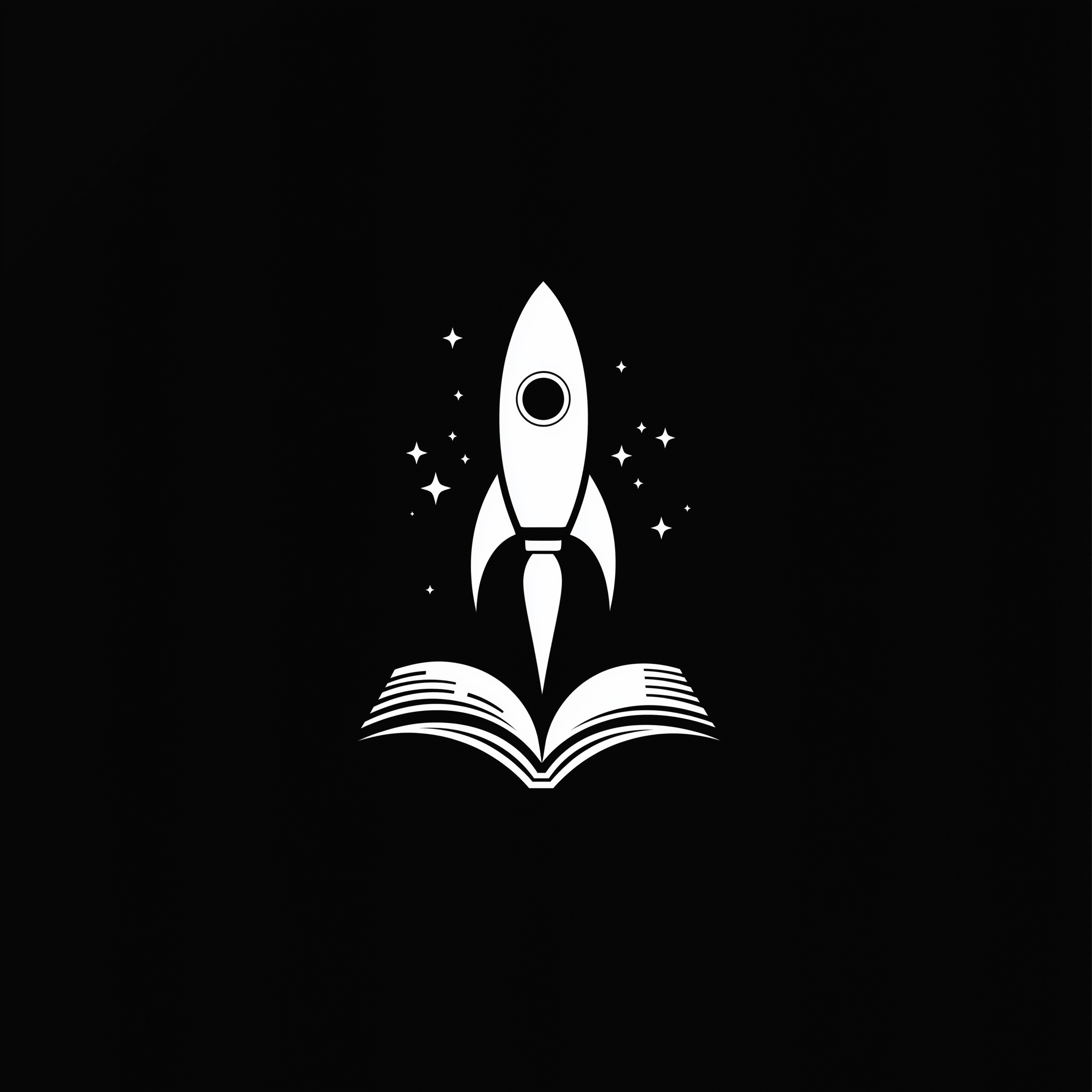Reading is more than just a school subject—it’s a lifelong skill that opens doors. But did you know that there are different levels of reading? Each one builds on the last, helping readers move from sounding out words to thinking critically and making powerful connections.
Whether you’re a parent trying to support your child, a student preparing for the SAT, or someone who wants to improve your reading habits, understanding these four levels of reading will give you a path to success.
1. Elementary Reading (Literal Comprehension)
This is where it all begins. At the elementary level, readers are learning to decode words and understand their basic meanings. This stage includes recognizing vocabulary, understanding simple sentences, and answering straightforward questions like “Who?” “What?” and “Where?”
Who this helps: Early learners, struggling readers, or students learning English.
Try this: Read aloud together, play phonics games, and ask simple questions to build confidence.
2. Inspectional Reading (Skimming & Scanning)
Once readers know how to decode, they need to learn how to find information quickly. Inspectional reading is about skimming for the main idea or scanning for keywords. It helps students preview a book, study more efficiently, or decide if an article is worth reading deeply.
Who this helps: Busy students, researchers, and anyone trying to get the gist quickly.
Try this: Practice reading headlines, topic sentences, or first paragraphs. Ask, “What’s the main point?” or “What should I focus on?”
3. Analytical Reading (Deep Reading)
This is where critical thinking begins. At this level, readers go beyond the surface. They ask questions, spot themes, examine structure, and evaluate arguments. They understand not just what the text says—but how and why it was written.
Who this helps: Middle and high school students, essay writers, SAT/ACT test-takers.
Try this: Highlight key ideas. Annotate margins. Ask, “What is the author’s purpose?” “What tone is used?” or “What techniques are at work here?”
4. Syntopical Reading (Comparative Reading)
At the highest level, readers compare ideas across books and articles. This is the kind of reading done in research papers, debate prep, and critical essays. Syntopical reading challenges you to synthesize different views and form your own conclusions.
Who this helps: Advanced learners, AP and college students, and aspiring writers.
Try this: Use graphic organizers or charts to compare authors’ viewpoints. Look for common threads, contradictions, or themes.
Why These Levels Matter
Most students stop at basic comprehension or skimming. But true academic success—especially in high school, college, and standardized tests—requires deep, active reading. By moving through these levels, students build skills that transfer across every subject, from English to science and even math.
You’re Not Alone on This Journey
Reading can feel hard at times—but you don’t have to figure it out alone. Whether you’re starting with phonics or diving into SAT-level analysis, there’s a path forward for everyone.
👉 Want to go deeper? Look at our reading solutions that fit into your life! Pick the amount you want to tackle each week and how much you want to read.
Contact me with questions about the program!


Leave a Reply to Saul Cancel reply